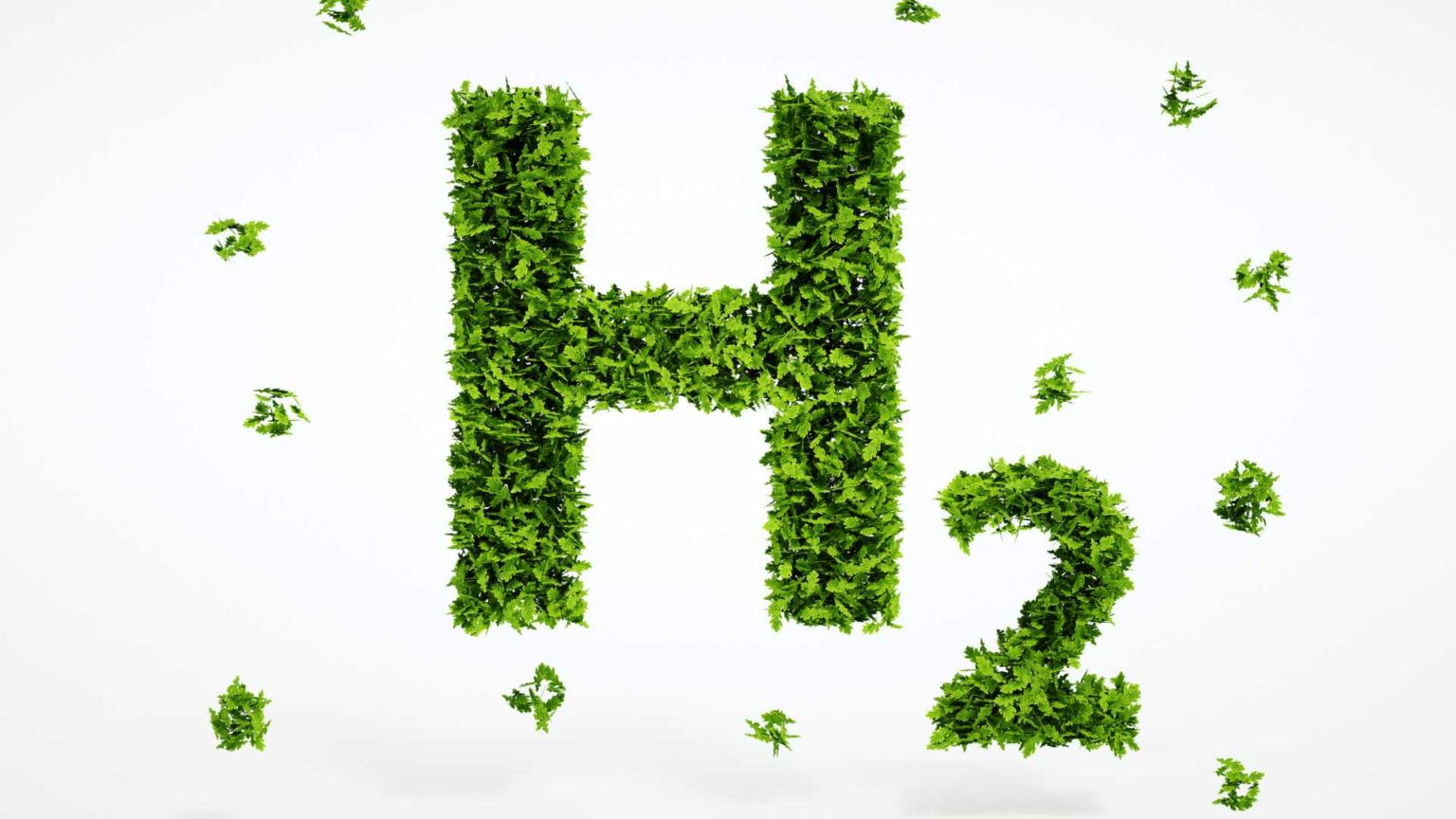The recent decision by the Federal Administrative Court to reject complaints against the planned hydrogen factory in Zurndorf has sparked controversy.
The Austrian People’s Party (ÖVP) expressed fears that the factory’s operations could lead to a significant water shortage in the region. However, the court found these concerns unfounded, stating that the proposed groundwater extraction levels would not exceed threshold values.
The ÖVP cited a Greenpeace study predicting that 38 municipalities in northern Austria could face acute water shortages by 2050. Club leader Markus Ulram highlighted that the Northern Burgenland Waterworks Association (WLV) plans to split over 788 million liters of drinking water into hydrogen and oxygen annually. He emphasized that this amount is 2.5 times what all Burgenland residents need for drinking and cooking, underscoring the potential risk to the region’s water supply.
Critics argue that it would be more sensible to build the hydrogen factory near the Danube, where water is more abundant. IG-Wasser spokesman Werner Falb-Meixner suggested that the Danube’s proximity would mitigate concerns about local water scarcity and better support the factory’s needs.
The Federal Administrative Court’s ruling rejected the ÖVP-supported complaints, concluding that groundwater extraction for the hydrogen factory would not reach harmful levels. This decision, which is not subject to appeal, supports Burgenland Energie’s stance that its renewable energy projects are environmentally sustainable.
Burgenland Energie CEO Stephan Sharma welcomed the ruling, asserting that the company’s renewable energy initiatives are designed to be in harmony with both the environment and the local population. He emphasized that the planned hydrogen factory is part of Burgenland’s broader strategy to achieve energy independence.
The court’s dismissal of water shortage concerns raises important questions about the sustainability and environmental impact of hydrogen production. While hydrogen is a key component in the transition to renewable energy, its production requires significant water resources. Industry benchmarks suggest that the environmental footprint of hydrogen projects must be carefully managed to avoid unintended consequences.
Other regions with similar hydrogen initiatives, such as Germany and the Netherlands, often situate their facilities near abundant water sources or implement advanced water recycling technologies. By contrast, the choice of Zurndorf, a location potentially susceptible to water scarcity, warrants closer scrutiny and a more comprehensive assessment of long-term sustainability.
